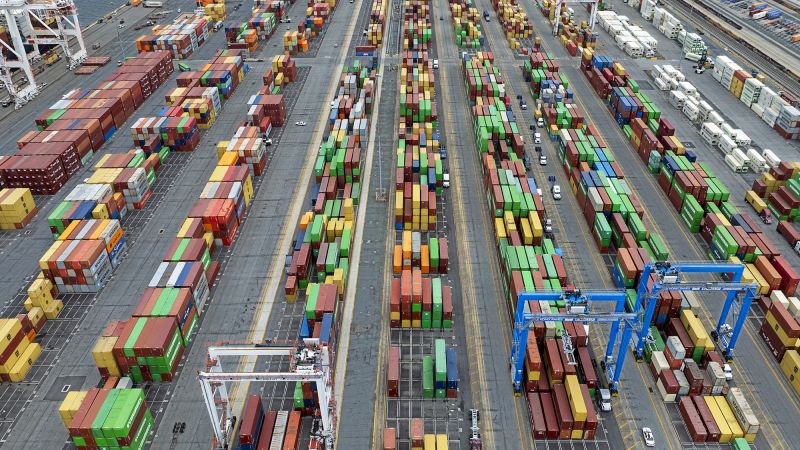The contemporary political landscape, particularly during election years, brings to light the constant debate surrounding the extent to which a president can influence the economy. Each election cycle sees a plethora of historians, politicians, journalists, and strategists echo the sentiment that voters’ decisions often hinge on factors like gas prices and grocery bills—elements that often lie beyond a single leader’s control. This mantra, though an established adage, is not entirely accurate.
While it is difficult for any president to enact sweeping changes that would significantly improve the economy, it is crucial to recognize that they can undeniably implement policies with detrimental effects. Former President Donald Trump’s tenure exemplifies this dynamic, as he is demonstrating how a politician, through reckless decisions and lack of accountability, can inflict harm on the economic landscape, creating repercussions felt primarily by the electorate who put them into office.
Marking the conclusion of the 100th day in Trump’s second term, the economic approach taken by his administration has been characterized by a harsh agenda whose ramifications can only be understood when drawing parallels to historical calamities. As the tariffs imposed by Trump persist, the potential economic devastation could overshadow even the impacts experienced during the Covid-19 pandemic. His campaign rhetoric promised an immediate reduction of prices and relief for consumers from Day One. However, as of now, there has been minimal progress on these commitments, with the White House largely settling for a broad executive order aimed at forcing federal agencies to “deliver emergency price relief.”
Trump’s major economic strategy revolves around a sweeping tariff agenda, which effectively results in a substantial tax increase imposed on American consumers. This isolationist trade policy has positioned the United States at the center of a global trade dispute, engaging in aggressive tactics that strain relations with both allies and adversaries. The phenomenon termed the “sell America” trend, marked by a withdrawal of investments from U.S. assets, signifies skepticism among global investors regarding the nation’s stability, a situation virtually unheard of prior to Trump’s administration. In recent weeks, this trend has led to a substantial loss in market value, dwarfing previous economic downturns.
Despite the ongoing turmoil, some economic indicators suggest that the U.S. economy appears stable; unemployment rates remain low, and inflation has moderated to around 2.5%, a significant drop from its peak of 9.1% during the pandemic. However, there is a notable parallel to be drawn with the Biden administration, which also saw similar trends in favorable economic metrics.
The impact of Trump’s tariffs, to determine their immediate effect, remains complex, particularly as consumer behavior seems to have adapted. Many have increased their shopping in anticipation of rising prices, an activity that may not sustain itself in the long run. Economists express concern that as projections of a recession increase—forecasted by some analysts to be as high as 70%—the uncertainty surrounding Trump’s erratic tariff strategies contributes to business paralysis and declining consumer confidence.
Moreover, the absence of any immediate solutions from Trump’s administration to alleviate the cost-of-living pressures has sparked discontent among voters. A recent CNN poll revealed that a growing percentage of the population views Trump’s policies as detrimental to economic conditions, with 59% of respondents believing his measures have made the economy worse, increased from 51% a few months prior.
As tariffs gain unpopularity, price hikes are evident; around 60% of US adults report that these policies have escalated living costs in their communities, with only 12% believing they are experiencing price relief. Consumer sentiment indices indicate a shift in national mood, with a recent survey by the University of Michigan evidencing one of the lowest consumer sentiment levels recorded since 1952.
In light of these developments, nearly 70% of Americans now anticipate a recession within the year. This public sentiment is reflected in corporate strategies as firms reevaluate flight schedules and earnings forecasts in anticipation of reduced consumer spending, directly stemming from tariff uncertainties. Reports suggest a dramatic decline in goods being imported from China, with logistical firms like Flexport noting a drop of over 60% in ocean container bookings since the implementation of heightened tariffs.
Trump, during his “Liberation Day” speech on April 2, spoke optimistically of a manufacturing renaissance; however, his prescient assertion—that this would transform the nation in a remarkably short span—illustrates the duality of his messaging: while promising revitalization, he inadvertently acknowledges the unpredictable economic landscape he has helped cultivate.



